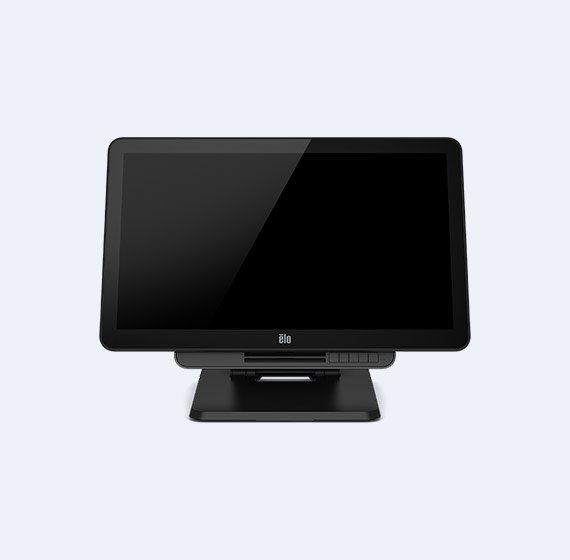The Point of Sale is Evolving and Retailers Need to Keep Up

It’s no secret that to stay in business, retailers need to continuously evolve to meet the changing demands of shoppers in an increasingly digital world. Millennials, in particular, are avid users of touchscreens and the use of interactive touch solutions comes naturally to them. As a result, retailers are installing different forms of technology at the point of sale (POS) and at various locations in-store to provide a high-touch customer experience. To add to that, radio frequency identification technology (RFID) is poised for widespread adoption. These enhancements are changing the dynamics between the consumer and retailer, and are ushering in a new wave of digital shopping.
The increased adoption of self-service digital touchscreen kiosks is enabling in-store e-commerce, endless aisle and buy online/pick up in-store (BOPIS), in addition to standard POS capabilities. Since these installations don’t have to be at a traditional checkout counter, POS can be placed anywhere. This not only offers more options and control to retailers, but allows consumers to take control of their shopping experiences and purchases as well.
Offering multiple purchasing touchpoints within a single location can also improve operations and increase sales. Different touch solutions can connect shoppers to a store’s full inventory, where they can explore different options, including different sizes and colors that are available. If a product is out of stock, shoppers can reserve items for when new inventory is available, or they can be connected to the store’s e-commerce website to shop in real time. With these solutions, retailers no longer have to miss out on a sale due to an out-of-stock item or limited in-store selection.
While these touch solutions can connect consumers to inventories while they’re shopping, it’s important to make sure the information they’re receiving at these different digital touchpoints is accurate. Enter RFID, which enables product intelligence and automates the tracking of inventory throughout the retail supply chain. For example, if a customer walks into a dressing room, RFID can “sense” what products are there. Once items are purchased, they’re removed from the store’s available inventory in real time, ensuring that customers have access to accurate information while evaluating their options online or on a digital touchscreen device. Arming consumers with this information makes self-service considerably more powerful.